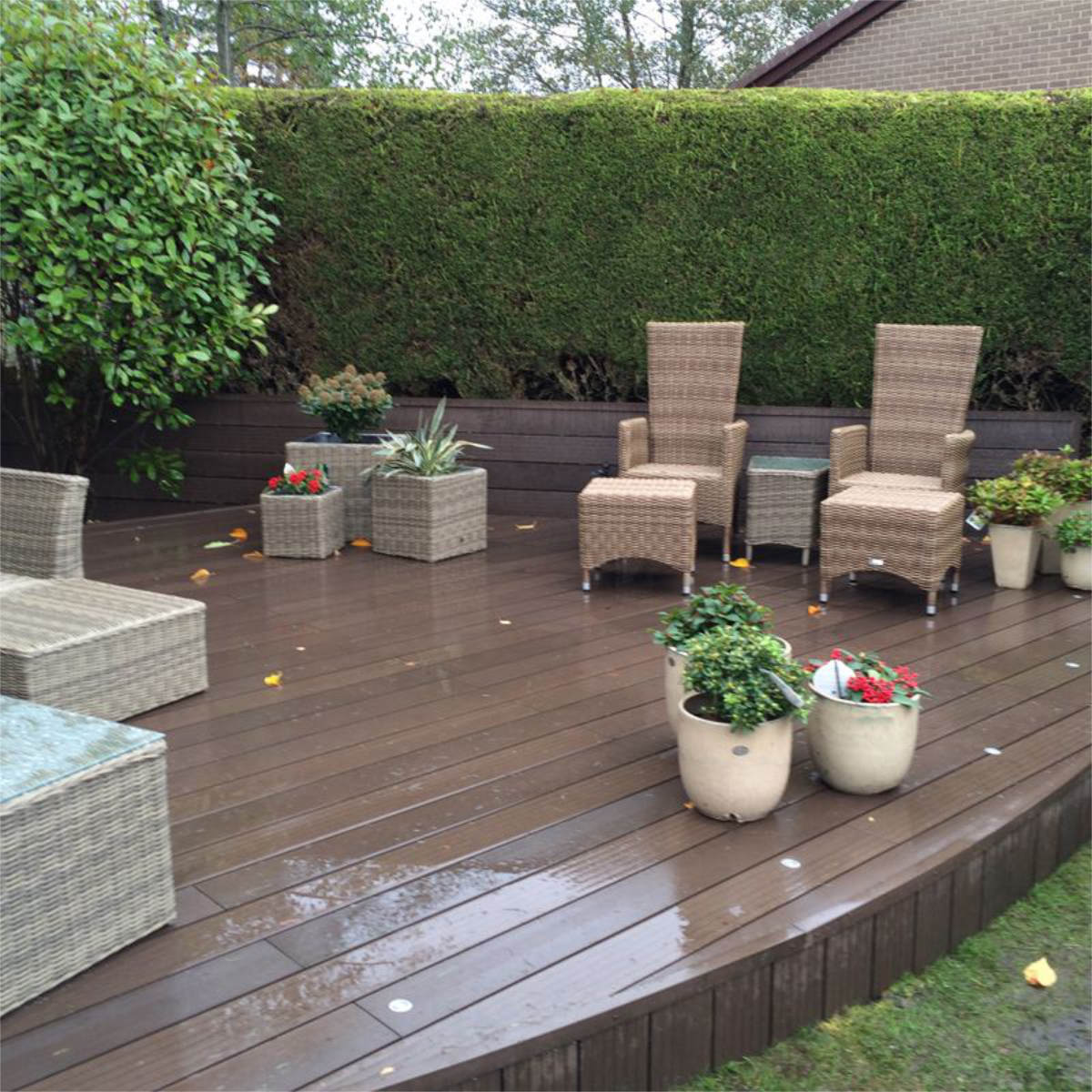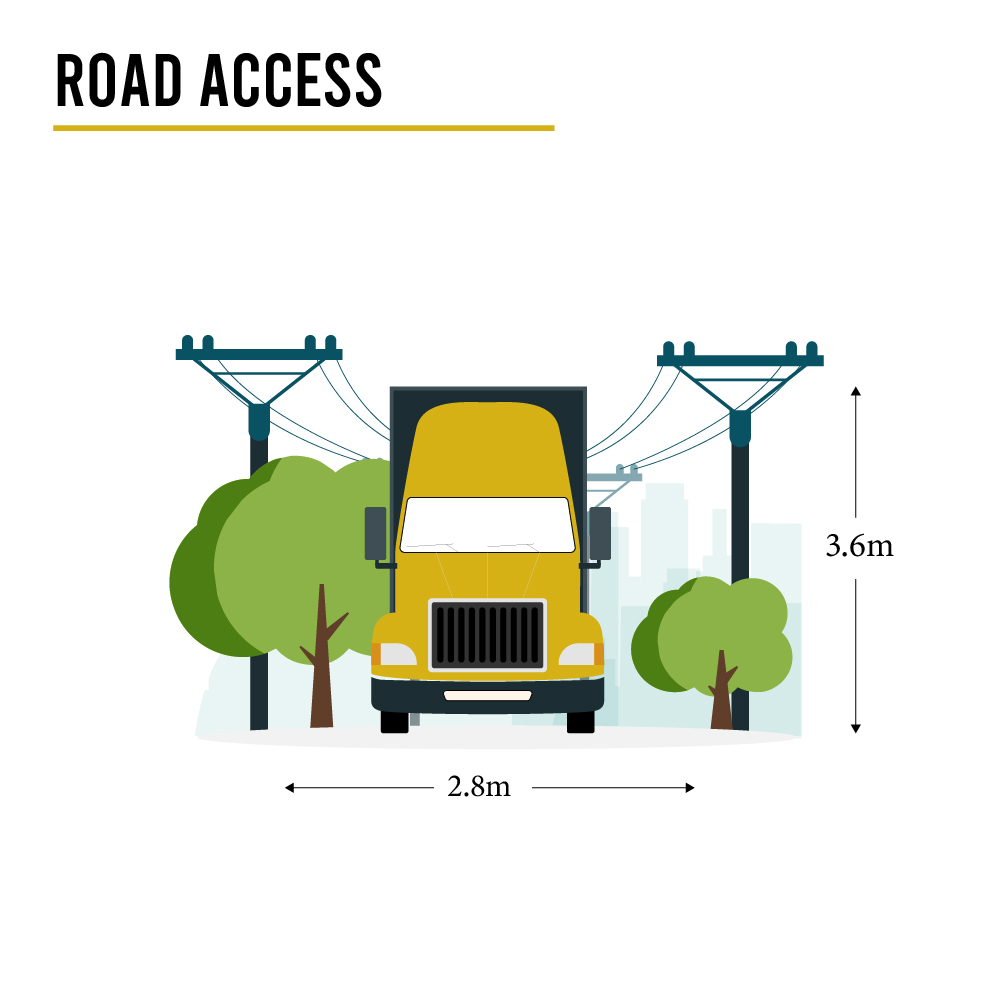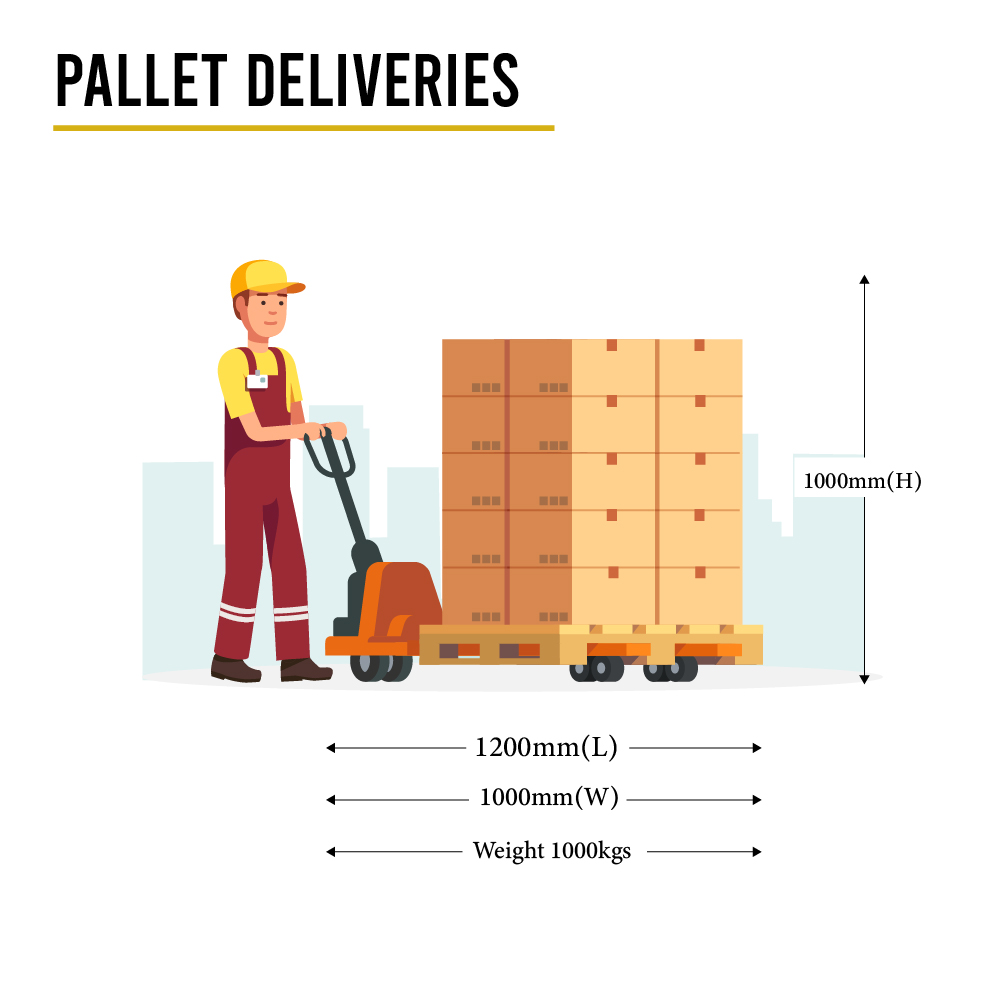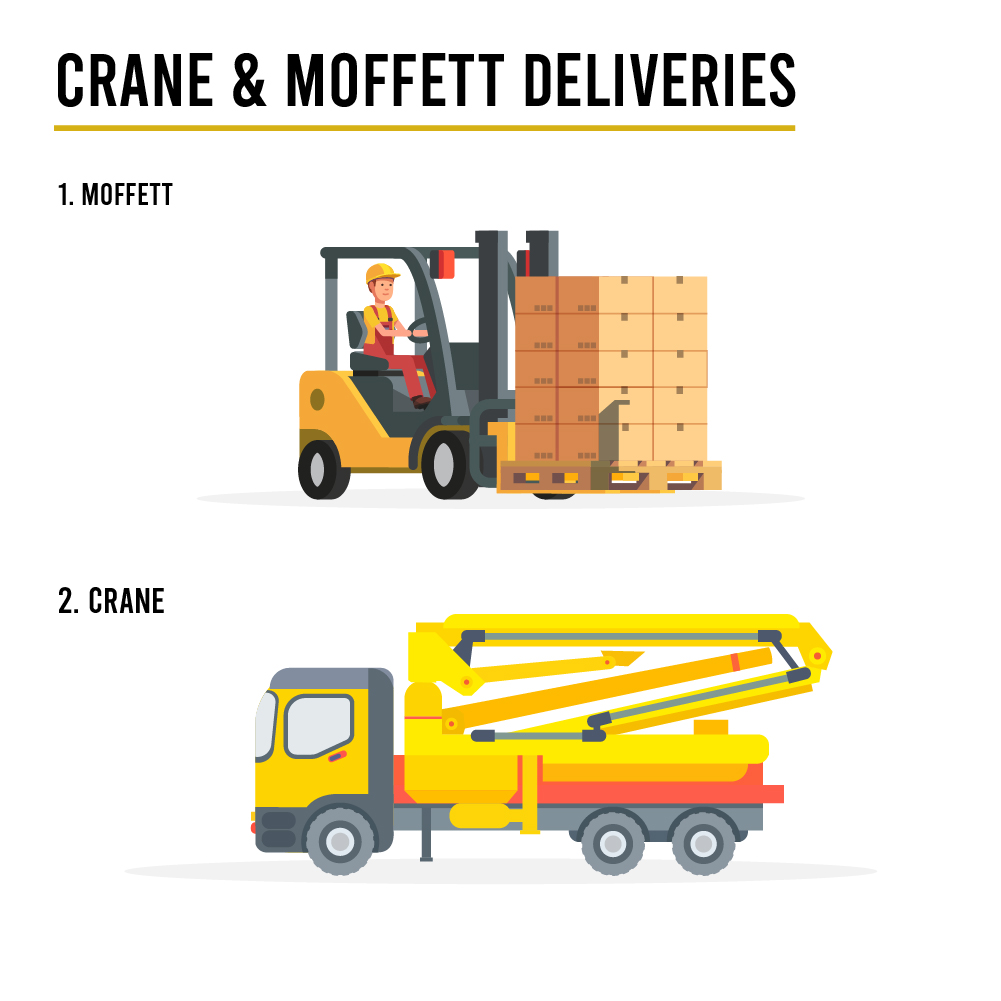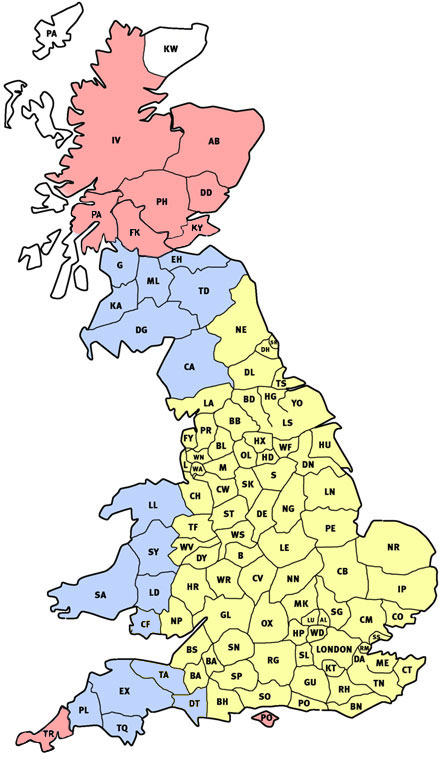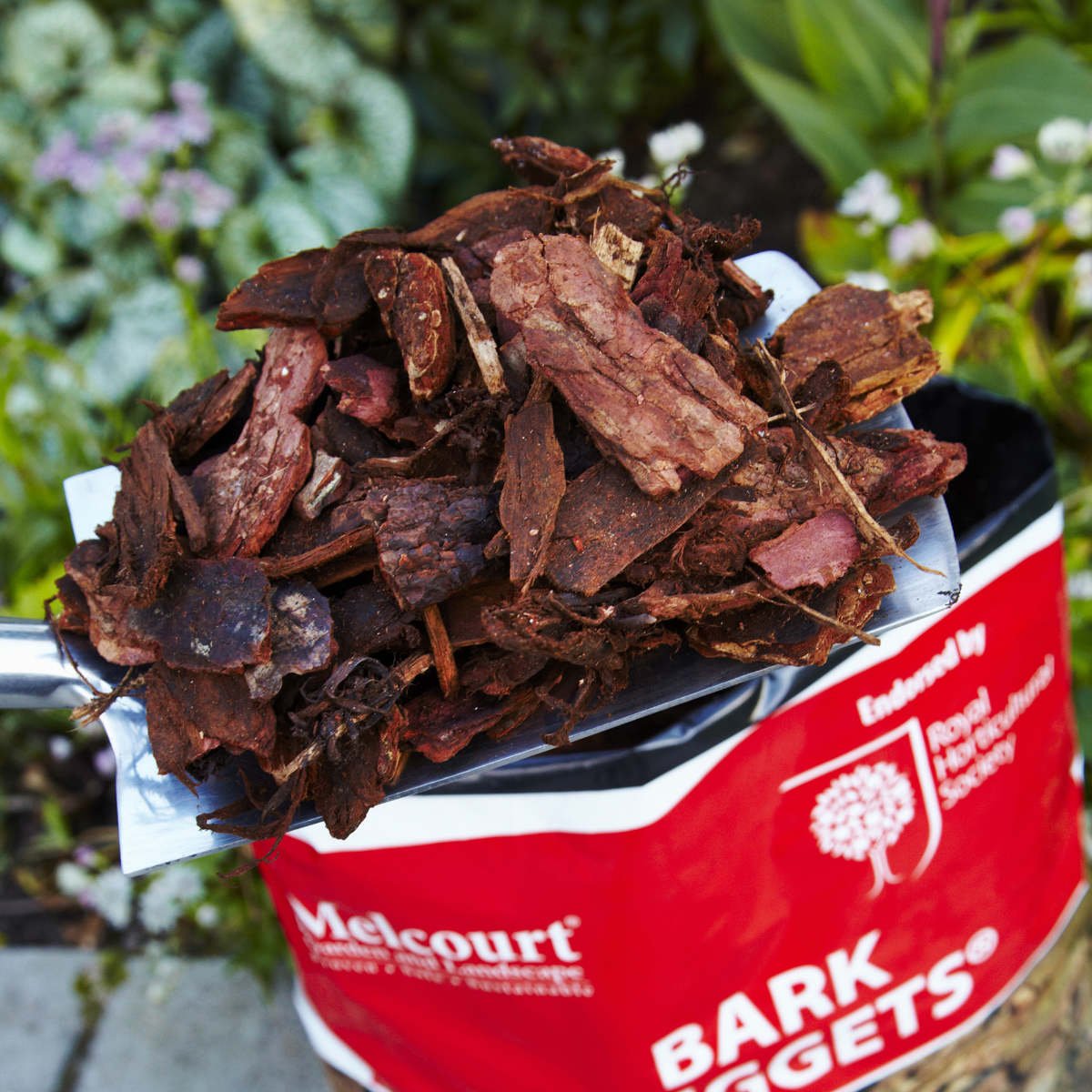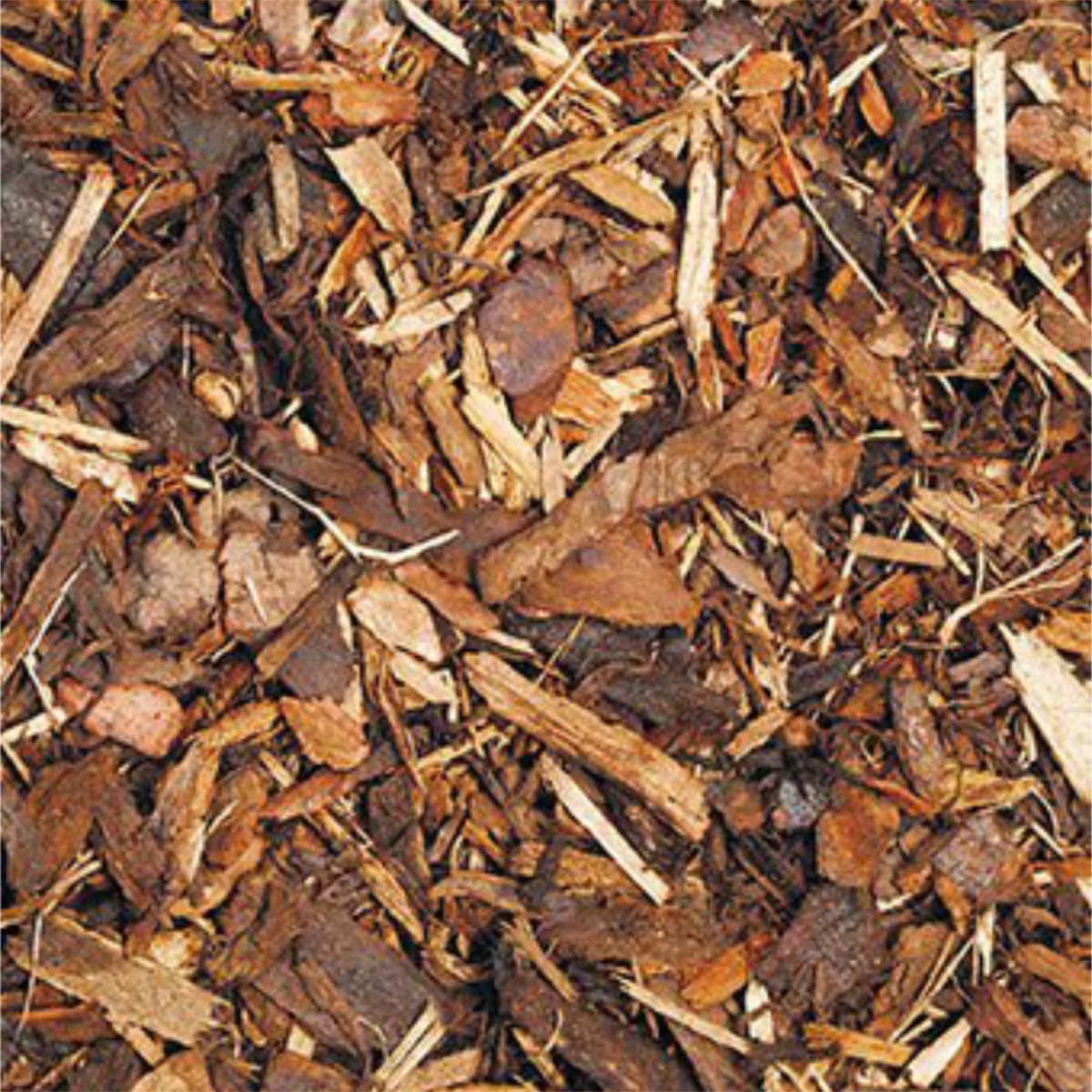Melcourt Ornamental Bark Mulch 5 to 35mm

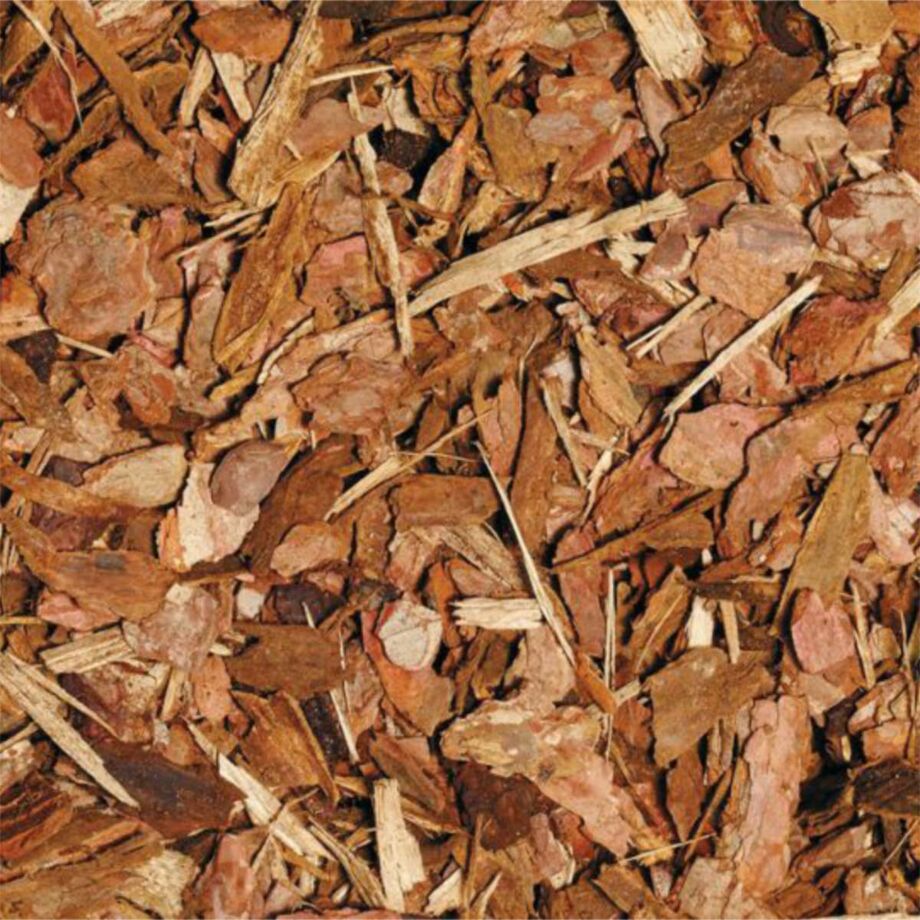
Complete your project...
Starting at £752.00
Product Description
Melcourt Ornamental Bark Mulch is a high performance mulch from our 'deluxe' range suitable for a wide range of smaller-scale professional and domestic landscape applications, where a neat, decorative finish is required.
Hostile living enviroment for pests.
5-35mm pieces
Lasts 2 years plus. Fire resistant confirmed by testing in accordance with BS4790:1987. Processed from natural, sustainably produced mixed conifer bark.
Suitable for vegans.
RHS endorsed(when sold in 60L bags)
Certified by the Forest Stewardship Council.
100% peat free.
Brand Information
Melcourt is the UK's leading supplier of mulches, growing media, play surfaces, soil improvers, equestrian surfaces, biofilters and others, based on bark, wood and other natural materials. A leader in innovation and high quality for nearly 30 years, Melcourt has developed a range of products that is second to none, with unparalleled technical back-up, prompt and efficient delivery, outstanding levels of customer care and all-importantly, excellent environmental sustainability.
Material Information
Bark and White Wood Chip Characteristics:
Wood bark and white wood chips are two common types of mulch used in both garden landscaping and for children's play areas. Products shown as play bark always conform to British Standards for use as a safety surface.
Wood bark is the outer protective layer of trees and is available in a variety of sizes from fine to coarse and is typically a mid to dark brown colour. It is available for use as both a play bark and a landscaping product. Some of the products are fine for use as a soil improver whereas other larger nuggets are decorative.
White wood chips are made from the inner part of trees and are usually light in colour. These are frequently used for play schemes in addition to decorative planting beds and borders.
Choosing the Right Product:
Play Use
When choosing the product for your requirement, always ensure you choose a product specifically shown as suitable for play areas if your requirement is to add a play safety surface. These products have been tested and conform to British Standards meaning they are deemed suitable as a safety surface. Always be sure to lay at the correct thickness where high playground equipment such as climbing frames are used.
The thickness of bark required to meet critical fall height regulations also depends on the height of the play equipment and the type of bark being used. The critical fall height is the maximum height from which a child can fall onto the ground without sustaining serious injury, and it is determined by the type of surface material used and the depth of the material.
The recommended depth of bark to meet critical fall height regulations in the UK is as follows:
- For equipment up to 1.5m in height, a minimum depth of 100mm (4 inches) is recommended.
- For equipment up to 2.5m in height, a minimum depth of 200mm (8 inches) is recommended.
- For equipment up to 3.0m in height, a minimum depth of 300mm (12 inches) is recommended.
It is important to note that these recommendations may vary depending on the type of bark being used, as some types may compress more than others over time. Therefore, it is important to consult with a professional to ensure that the bark is being installed at the appropriate thickness to meet critical fall height regulations.
Garden Landscaping Use:
Both bark and white wood chips offer certain pros and cons as mulch in the garden:
Benefits of using bark or white wood chips as mulch:
- Retains moisture in the soil and helps to prevent water loss due to evaporation, which reduces the need for frequent watering.
- Suppresses weed growth, which helps to reduce the amount of time and effort required for weeding.
- Insulates the soil, helping to regulate soil temperature and protect plant roots from extreme temperatures.
- Provides an attractive, natural appearance that can enhance the overall aesthetic of the garden.
Disadvantages of using bark or white wood chips as mulch:
- Some types of bark may be acidic, which can affect the pH of the soil and potentially harm certain plants.
- Bark can attract insects and pests, which may be a concern for some gardeners.
- Over time, bark may become compacted and prevent water and nutrients from reaching plant roots. It will need digging into the soil where it can break down gradually.
- White wood chips may not be as aesthetically pleasing as bark.
- White wood may need replenishing more frequwnty than bark.
Tree bark used as a landscaping mulch or play-area safety surface has been developed in with accordance the FSC (Forestry Stewardship Council) sustainability standards. Used as a garden mulch, it vastly improves water retention in the soil, enhancing plant growth whilst at the same time, suppresses weed growth to enable the plants to fully benefit from the additional warmth, nutrients and water in the soil. Visually, bark adds texture and interest to a planting scheme and acts as a natural back-drop to a well-planted border.
In play-schemes, when specific 'play bark' is used at the required depth, the natural cushioning ability of bark helps to protect children against injury, provides slip resistance and in most cases, prevents friction burns. It also introduces a tactile texture into the playground environment which in itself can enhance enjoyment of the play area.
Sizes are nominal and may vary.

